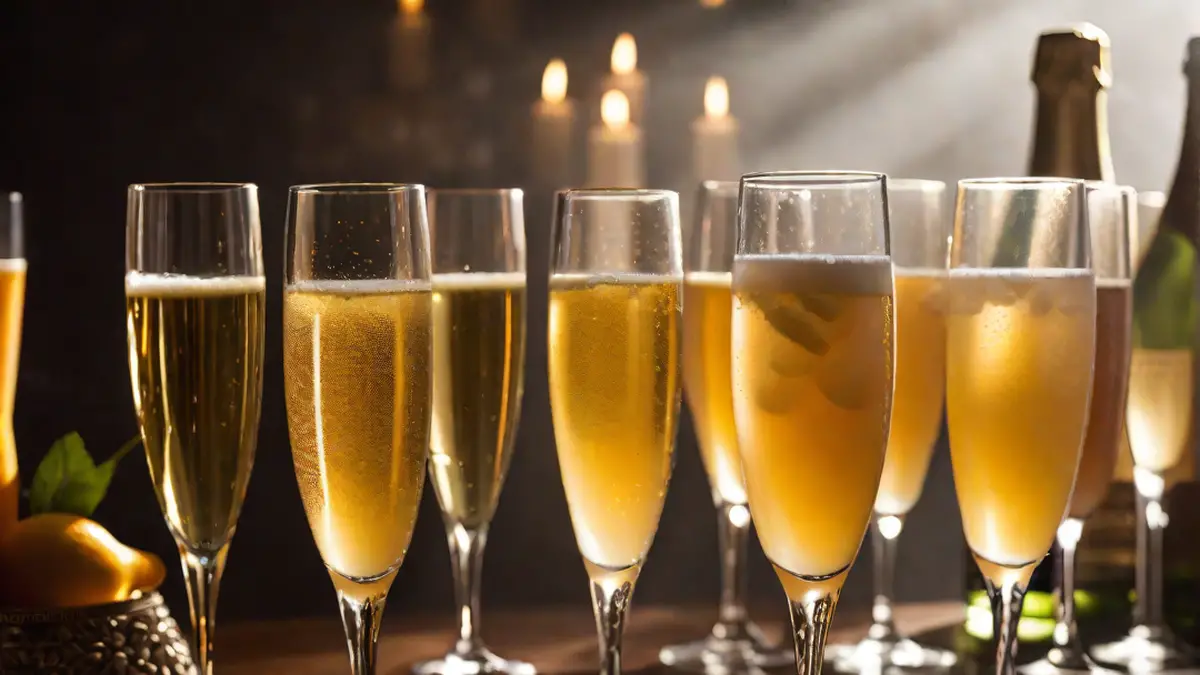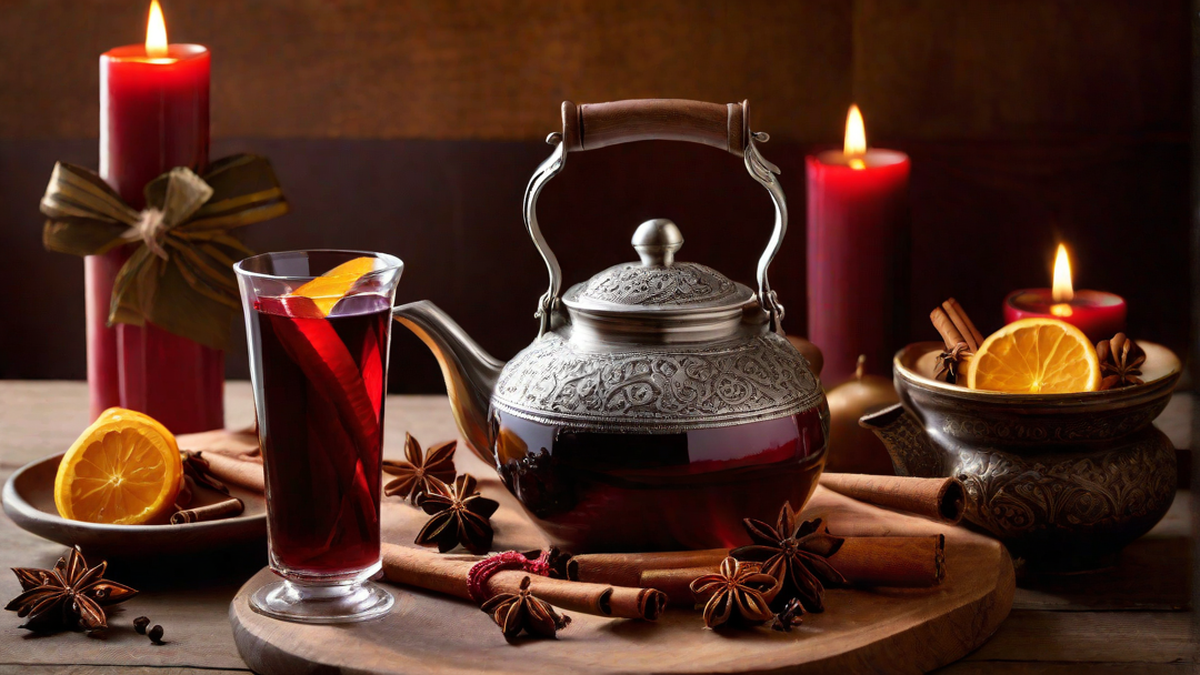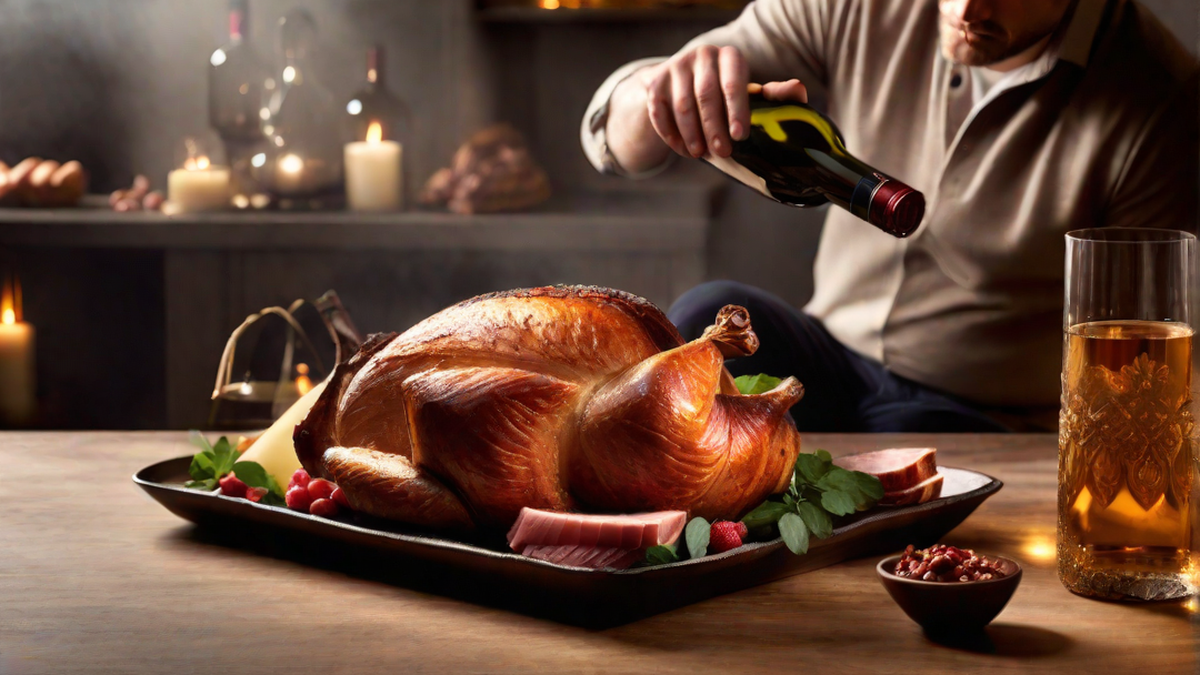When it comes to effervescent wines, there are few that can match the refinement and reputation of champagne. As a lover of wine and someone who values the craft of making it, I have long been captivated by the intricate process of crafting this cherished fizzy drink. In this piece, I aim to guide you through the production of champagne, offering my personal reflections and delving into the intricate steps required.
The Grapes: The Essence of Champagne
Before we can dive into the winemaking process, it is crucial to understand the key grape varieties used in champagne production. The three primary grapes used are Chardonnay, Pinot Noir, and Pinot Meunier. Each grape brings its unique characteristics to the blend, with Chardonnay contributing elegance and finesse, while Pinot Noir and Pinot Meunier add body and structure.
Harvesting and Pressing: The Beginning of the Journey
A vintage champagne begins with the careful selection and harvesting of the grapes. The grapes are picked by hand to ensure only the finest quality fruit makes its way into the winery. Once harvested, the grapes are gently pressed to extract the juice while minimizing the contact with the skins, which could add unwanted color and tannin.
Fermentation: Transforming Juice into Wine
After the pressing, the clear grape juice undergoes primary fermentation in stainless steel tanks. This process converts the natural sugars in the juice into alcohol, creating the base wine. The winemaker closely monitors the temperature and fermentation progress to ensure the desired balance of flavors and aromas is achieved.
Blending: Crafting the Signature Style
Blending is a crucial step in champagne production, allowing winemakers to create their signature style. The base wines from different grape varieties, vineyards, and vintages are carefully tasted and evaluated. The art of blending lies in finding the perfect balance of acidity, fruitiness, and complexity to create a cohesive and harmonious final blend.
Bottling and Secondary Fermentation: The Magic of Bubbles
Once the blend is finalized, the winemaker adds a small amount of sugar and yeast to the base wine before it is bottled. This triggers a second fermentation, where carbon dioxide is trapped in the bottle, creating the iconic bubbles. The bottles are then sealed with crown caps and aged in the cellar, allowing the secondary fermentation to take place over several months or even years.
Remuage and Disgorgement: The Removal of Sediments
During the aging process, sediments form in the bottle. To remove these sediments, a process called remuage is performed. The bottles are gradually rotated and tilted until the sediments settle in the neck of the bottle. In the disgorgement stage, the neck of the bottle is frozen, and the sediment plug is ejected when the crown cap is removed.
Dosage and Aging: Fine-Tuning the Balance
After disgorgement, a small amount of liquid, known as the dosage, is added to the bottle. The dosage can be a mixture of wine and sugar, allowing winemakers to adjust the sweetness level of the champagne according to their desired style. The bottles are then sealed with a cork and wire cage and allowed to age further in the cellar, developing complexity and enhancing the flavors.
The Celebration Begins: Sabering and Serving
Finally, the moment arrives to savor the champagne. Whether it’s an intimate gathering or a grand celebration, there’s something truly special about opening a bottle of champagne. For an extra touch of excitement, some adventurous souls opt to perform the art of sabering, where the cork and top of the bottle are swiftly removed with a saber. When serving champagne, it is essential to pour it into fluted glasses, allowing the bubbles to elegantly rise to the surface and tickle the senses.
Conclusion
Making champagne is undoubtedly a labor of love, combining technical expertise, creativity, and a deep passion for winemaking. From the careful selection of grapes to the magical transformation of still wine into sparkling elixir, each step in the process contributes to the final product’s exceptional quality. So, the next time you raise a glass of champagne to celebrate life’s precious moments, take a moment to appreciate the craftsmanship and dedication that went into creating this effervescent marvel.




